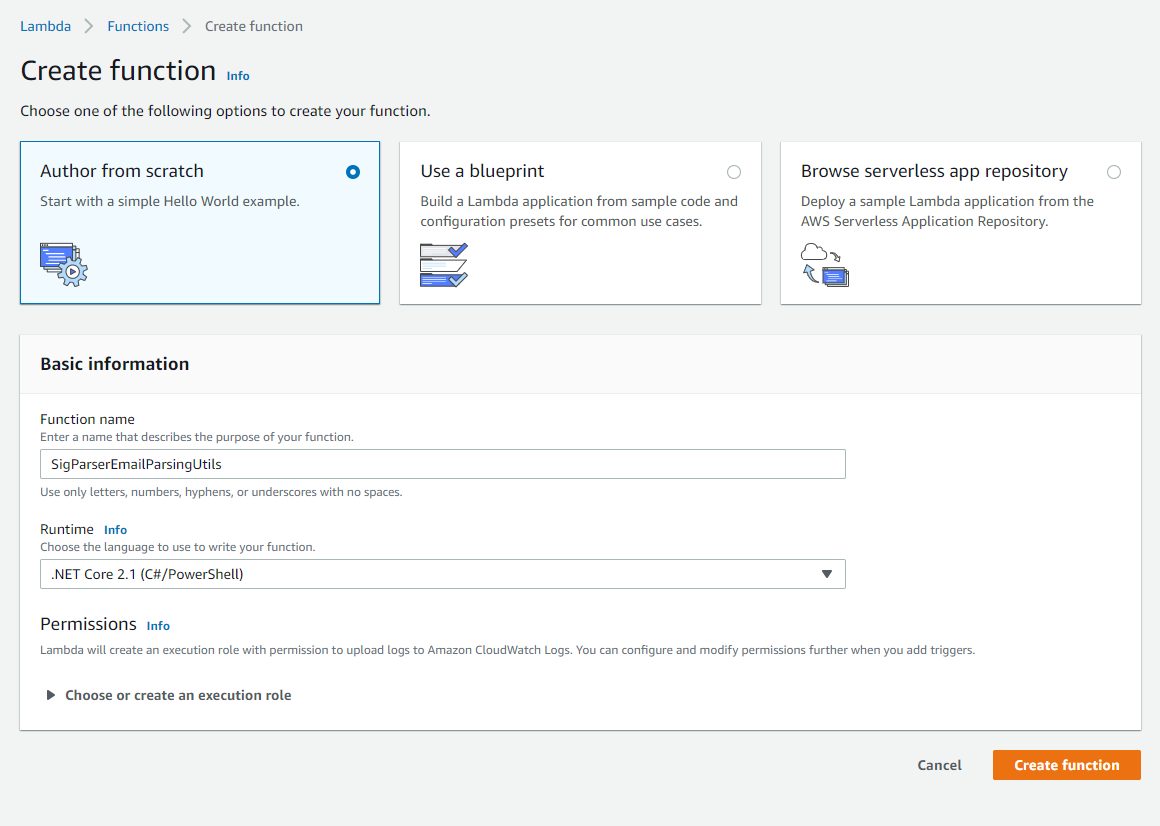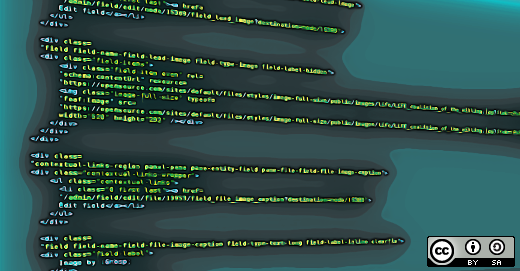

#PYTHON EMAIL PARSER DOWNLOAD#
Some people are going to want to download a spreadsheet every now and then, and most of the apps in this category offer that.

Email scraping services mean you don't have to, so the best ones need to be user-friendly. You could, with enough time or resources, build custom scripts to do this job for you. They're easy, or at least manageable, to set up. This can be done using custom rules, using templates offered by the app itself, or in some cases by automatically scanning all incoming emails for particular data. The best email parsing apps meet the following criteria (and some go above and beyond). I tested every email parsing app I could get my hands on and selected the best ones.
#PYTHON EMAIL PARSER WINDOWS#
Mailparser for quickly setting up powerful email parsing rulesĮmail Parser by Zapier for an entry-level parser for Zapier usersĮmail Parser for a native Windows email parsing tool Messages = list(map(ssage_from_string, emails))Įmails.drop('message', axis=1, inplace=True)Įmails = for doc in messages]Įmails = list(map(get_text_from_email, messages))Įmails = emails.map(split_email_addresses)Įmails = emails.map(lambda x:x.Not sure what you'd use an email parsing app for? Check out our suggestions for the best ways to use email parsing apps for some ideas. # Parse the emails into a list email objects '''To separate multiple email addresses'''Īddrs = frozenset(map(lambda x: x.strip(), addrs)) If part.get_content_type() = 'text/plain': '''To get the content from email objects''' If emails is the pandas dataframe and ssage the column for email text # Helper functions My point is don't approach email lightly - it bites when you least expect it :) Relatively simple - just alternative representation: multipart/alternativeįor good or bad, this structure is also valid: multipart/alternative Very common - pretty much what you get in normal editor (Gmail,Outlook) sending formatted text with an attachment: multipart/mixed Wikipedia describes it tightly - MIME, but considering all these cases below are valid - and common - one has to consider safety nets all around: In the simplest case it's in the sole "text/plain" part and get_payload() is very tempting, but we don't live in a simple world - it's often surrounded in multipart/alternative, related, mixed etc. Some background - as I implied, the wonderful world of MIME emails presents a lot of pitfalls of "wrongly" finding the message body. plain text, no attachments, keeping fingers crossedīTW, walk() iterates marvelously on mime parts, and get_payload(decode=True) does the dirty work on decoding base64 etc. If ctype = 'text/plain' and 'attachment' not in cdispo:īody = part.get_payload(decode=True) # decode To be highly positive you work with the actual email body (yet, still with the possibility you're not parsing the right part), you have to skip attachments, and focus on the plain or html part (depending on your needs) for further processing.Īs the before-mentioned attachments can and very often are of text/plain or text/html part, this non-bullet-proof sample skips those by checking the content-disposition header: b = ssage_from_string(a)Ĭdispo = str(part.get('Content-Disposition'))

Or maybe there is something simpler such as.
#PYTHON EMAIL PARSER CODE#
So far this is the only code i am aware of but i have yet to test it. How do you get the Body of this email via python ?

Ooooooooooooooooooooooooooooooooooooooooooooooo This is a multi-part message in MIME format. Assuming that "a" is the raw-email string which looks something like this.


 0 kommentar(er)
0 kommentar(er)
